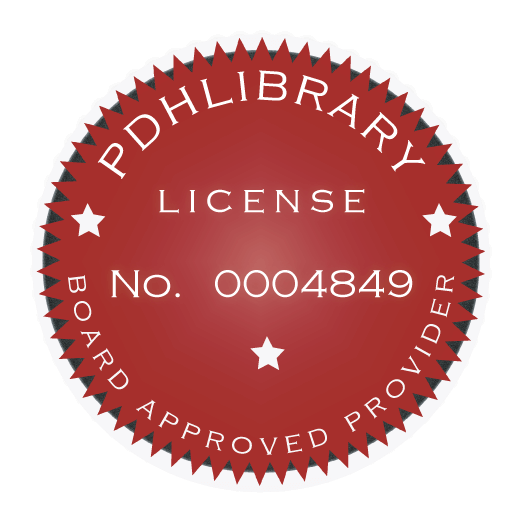This course provides (a) guidance on the design and construction of conduits, culverts, and pipes, and (b) design procedures for trench/embankment earth loadings, highway loadings, railroad loadings, surface concentrated loadings, and internal/external fluid pressures. Reinforced concrete conduits are used for medium and large dams, and precast pipes are used for small dams, urban levees, and other levees where public safety is at risk or substantial property damage could occur. Corrugated metal pipes are acceptable through agricultural levees where the conduit diameter is 900 mm (36 in.) and when levee embankments are no higher than 4 m (12 ft) above the conduit invert. Inlet structures, intake towers, gate wells, and outlet structures should be constructed of cast-in-place reinforced concrete. However, precast concrete or corrugated metal structures may be used in agri- cultural and rural levees. Culverts are usually used for roadway, railway, and runway crossings.
We will be covering Army Corps of Engineers document "Conduits, Culverts, And Pipes" chapters 1-4 and the design examples in the Appendices. In these chapters we will be discussing cast-in-place conduits for dams, circular reinforced concrete pipe for small dams and levees, and corrugated metal pipe for rural levees and culverts.
The student must pass a 20 question quiz that is published in the back of the course.

